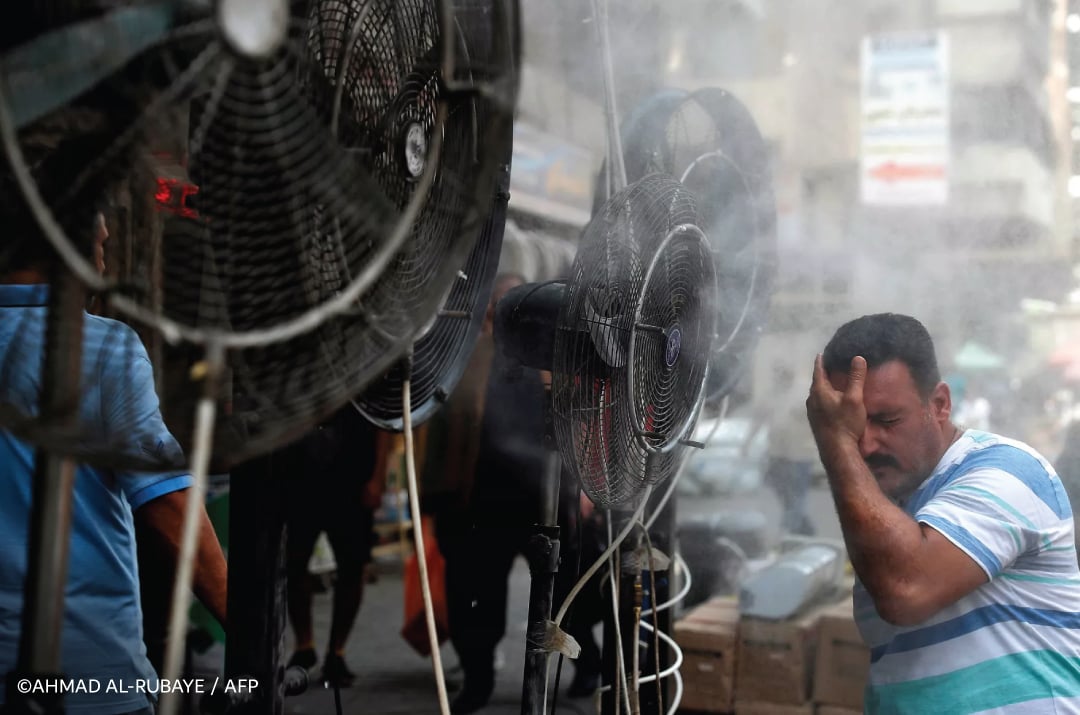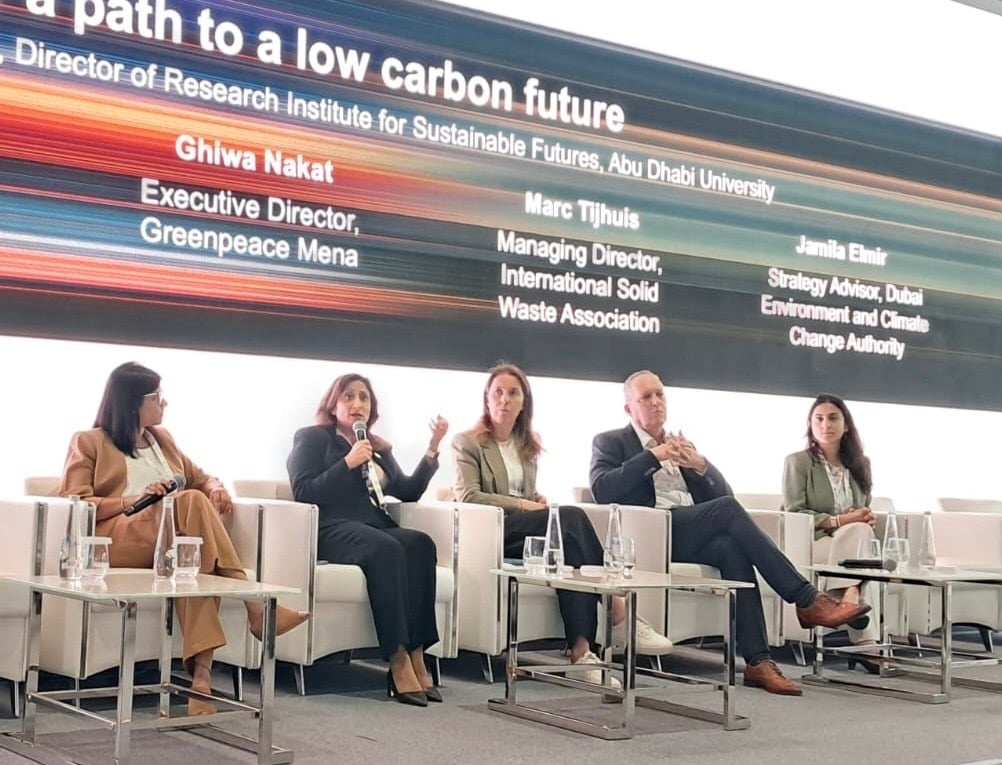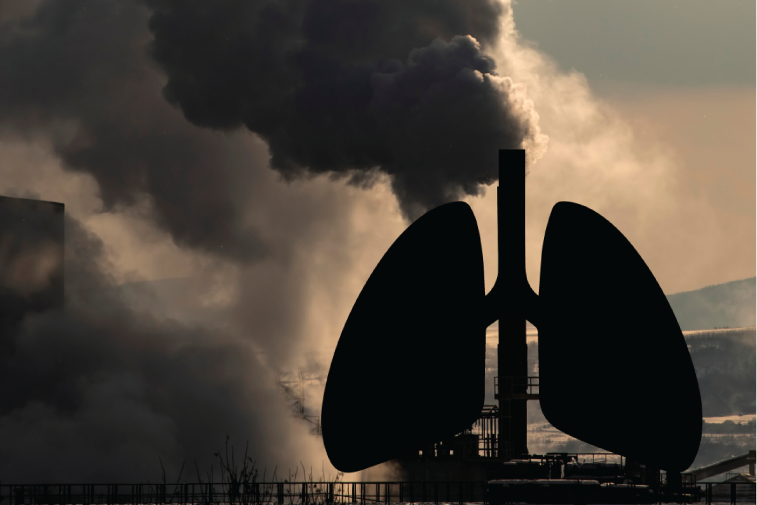
Lung cancer remains a formidable health challenge in the MENA region, claiming numerous lives each year. Despite advancements in medical technology and awareness campaigns, the disease continues to have a significant impact. Understanding where we are now from air pollution, what is causing it, and the need for taking emergency actions can empower communities to fight back.
The staggering rates of lung cancer in countries like Lebanon, Iraq, Tunisia, and Algeria are intricately linked to high levels of air pollution primarily driven by fossil fuel-dependent industries. According to the Global Burden of Disease Study for 2021, 3% of Global deaths are tracheal, bronchus, or lung cancers while1.8% of MENA deaths are tracheal, bronchus, or lung cancers (2.9% in Lebanon, 1.8 in Iraq, 2.3 in Tunisia, 0.9% in Algeria) in which Globally the age-standardised-rate of Lung cancer in 2022 was 26.3/100000
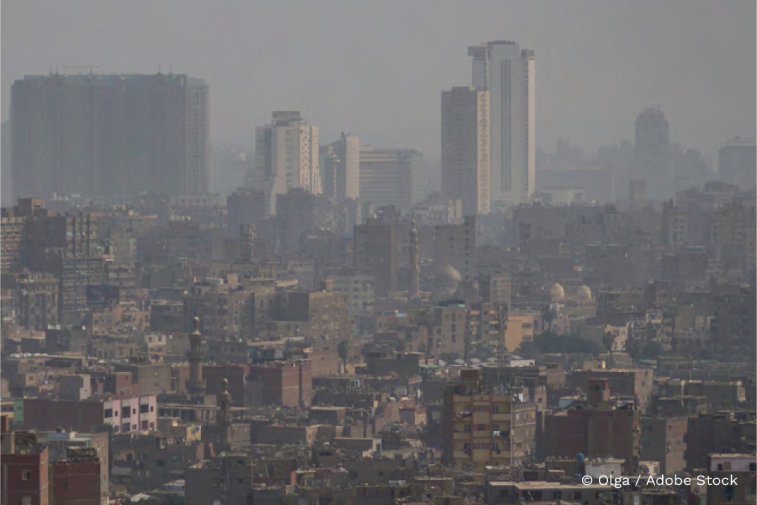
Lung Cancer in NumbersAccording to WHO , lung cancer is the leading cause of cancer-related deaths worldwide and retains a significant impact in the MENA region. Differing research and screenings across countries like Egypt, Algeria, Lebanon, Tunisia, Morocco, and Iraq reveal varied incidence rates. For instance, in Egypt, in 2022 nearly 26 845 new lung cancer cases with 10% death rate were recorded, contributing to one of the highest prevalence rates in the region. Morocco and Tunisia follow closely with increased cases each year. These numbers emphasize the urgent need for enhanced preventive strategies and healthcare policies aimed at reducing lung cancer rates.
Main Factors and Their Risks
Several pivotal risk factors contribute to the high incidence of lung cancer in the MENA region. Tobacco smoking is the greatest preventable cause of death worldwide, accounting for up to 90% of lung cancer cases. Among the top comes the exposure to environmental pollutants, influenced largely by industrial emissions (North Africa) and traffic pollution, which plays a critical role. Furthermore, the MENA region’s substantial reliance on fossil fuels for energy production also increases the regional burden of respiratory irritants. Addressing these risk factors through comprehensive public health initiatives is crucial for reducing lung cancer prevalence.
Challenges in fighting back the silent killer
The extensive use of fossil fuels in MENA countries, notably in industrial and transportation sectors, has led to increased exposure to carcinogenic pollutants. Vehicles, factories, and power plants release a significant amount of air toxins, particularly in urban areas. Countries like Egypt and Iraq, with sprawling metropolitan centers, face intensified risks due to the volume of pollutants emitted from heavy reliance on fossil fuels.
Lack of Awareness
There is a lack of public awareness regarding the contribution of fossil fuel emissions to air pollution, making it a silent killer. According to the WHO, many of us do not know that 90% of the air we breathe is polluted. Breathing in pollutants from burning fossil fuels over prolonged periods can lead to severe health issues such as lung cancer, heart disease, and respiratory conditions.
Lack of Air Monitors
The lack of air quality monitors in many MENA countries means that there needs to have more data regarding the levels of air pollutants. This issue hampers the ability to implement targeted interventions that could prevent conditions conducive to lung cancer. With few monitors, there’s also a challenge in enforcing environmental regulations that could reduce air pollution.
Air Quality Data
Poor air quality is a pressing issue in several MENA countries. According to WHO the urban centers in Lebanon, Tunisia, and Morocco for example, grapple with high levels of airborne particulate matter, often exceeding safe thresholds defined by the World Health Organization. These particulates can penetrate deep into the lungs and are strongly linked to not only lung cancer but also chronic respiratory conditions.
Compounding the challenge of scarce air monitors is the issue of poor quality of the existing air data. Often, the data that is available is not comprehensive or timely, thus limiting its usefulness in assessing exposure risks and crafting health policy. Improving the infrastructure for environmental monitoring, along with ensuring the collection of high-quality, relevant air data, is vital for forming effective public health strategies against lung cancer. This includes implementing stricter environmental policies and enhancing public understanding through educational campaigns to address the issue of air pollution comprehensively.
How can this be countered?
The stark statistics and risk factors associated with air pollution and lung cancer in the MENA region underline a compelling need for concerted action. By understanding the relationship between air pollution and lung cancer, we can take proactive steps to alleviate this health crisis in the Middle East and North Africa region. Implementing comprehensive awareness campaigns, cutting pollutant emissions, phasing away fossil fuel, investing in air monitors, transparent air quality data, and relying on renewables are crucial. As we’ve seen across countries like Egypt, Lebanon, and Morocco, the battle against lung cancer is not just medical but also social and industrial, demanding significant changes in the sources of energy generation. Taking action now before it is too late can potentially save millions of lives in this vibrant part of the world.
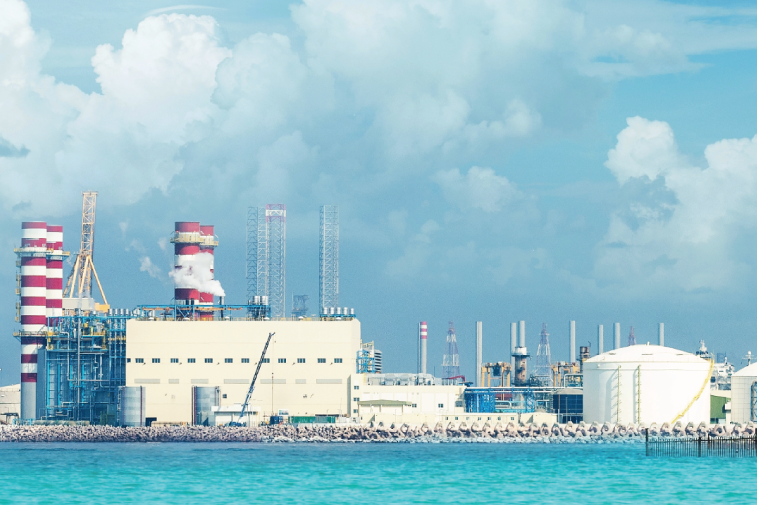
Country-specific Insights
North Africa
In its recent report, “Major Air Polluters in Africa Unmasked,” Greenpeace MENA reveals shocking figures about North Africa’s air polluters. Among the ten biggest sources of sulfur dioxide air pollution in Africa, two are power plants located in Egypt and Morocco. In North Africa, the energy sector, especially the oil and gas industry, is considered the largest contributor to air pollution emissions, including NO2, SO2, and VOCs. According to satellite observations, air pollution hotspots are identified in Egypt, Libya, Morocco, and Tunisia. The World Bank report for 2022 indicates that Algeria and Libya are in the world’s top 10 countries for oil and gas flaring, contributing significantly to regional emissions. Egypt has the highest death rates from PM2.5 air pollution in North Africa, with life expectancy potentially increasing by 1.3 years if WHO air quality guidelines had been met in 2021. Adding to that, in Egypt, dust is the primary contributor to PM2.5 air pollution, while in Morocco, nearly 53% of ambient PM2.5 is attributed to industries, 35% to dust, and 13% to traffic.
Egypt
In Egypt, lung cancer accounts for a substantial portion of cancer-related deaths. According to the 2023 World Air Quality report, Cairo was marked in the 5th place for the most polluted regional Cities.
Algeria
Algeria faces a similar battle with lung cancer, with pollution at the forefront. Rapid industrial development in Algeria has come at a steep environmental cost. Greenpeace reports that cities like Algiers and Oran are plagued by high levels of airborne pollutants from heavy industries and vehicles. These emissions contribute to the rise in lung cancer cases, making stringent regulatory measures imperative.
Lebanon
Lebanon grapples with severe air quality issues, especially in urban centers like Beirut. According to a report from The Guardian, the over-reliance on diesel generators in Beirut in the past five years has directly doubled the risk of developing cancer. An estimated 8,000 diesel generators have been powering Lebanese cities since 2019. These emissions, stemming significantly from diesel generators used extensively to cover electric shortages, substantially contribute to air pollution, exacerbating the city’s health woes.
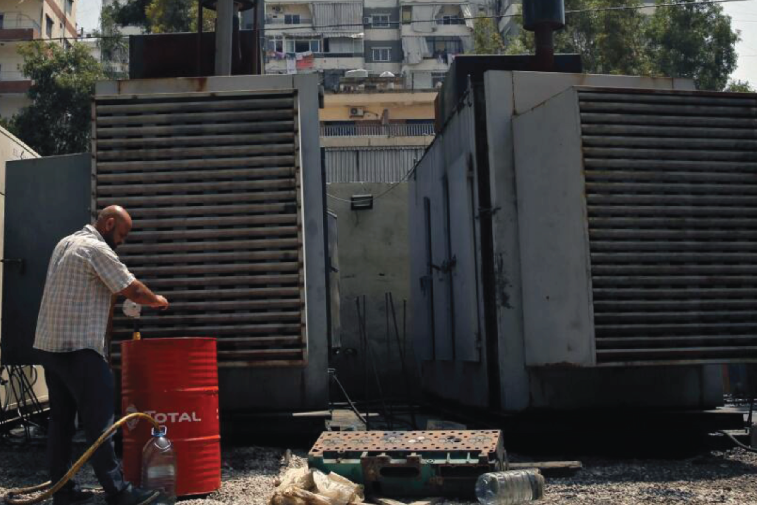
Tunisia
Tunisia faces severe air pollution, particularly in its industrial zones. According to the WHO Cancer Tunisia 2020 country profile, the estimated total lung cancer cases were 1,729 in 2012 and increased to 1,909 in 2018. It is projected that the number of lung cancer cases will reach 3,237 by 2040. These figures underscore the urgent need for better air quality monitoring and stricter enforcement of environmental laws to address this significant public health issue.
Morocco
Morocco has witnessed a consistent rise in lung cancer rates. The Moroccan Society of Oncology states that urban areas are particularly hard hit by high levels of air pollution from traffic and industrial activities. The Ministry of Health has identified air pollution as a major risk factor for lung cancer, calling for stricter environmental regulations.
Iraq
Iraq’s lung cancer rates are heavily influenced by environmental factors, including pollution from the extensive use of fossil fuels in power generation and transportation. The heavy reliance on fossil fuel-dependent industries has led to the degradation of air quality. This pollution can elevate lung cancer rates among the populace, posing a substantial public health challenge. According to EIA Iraq is the second-largest crude oil producer in OPEC after Saudi Arabia and the sixth-largest total petroleum liquids producer in the world aiming to set its production to 2030 to be the third largest contributor to global oil supply.
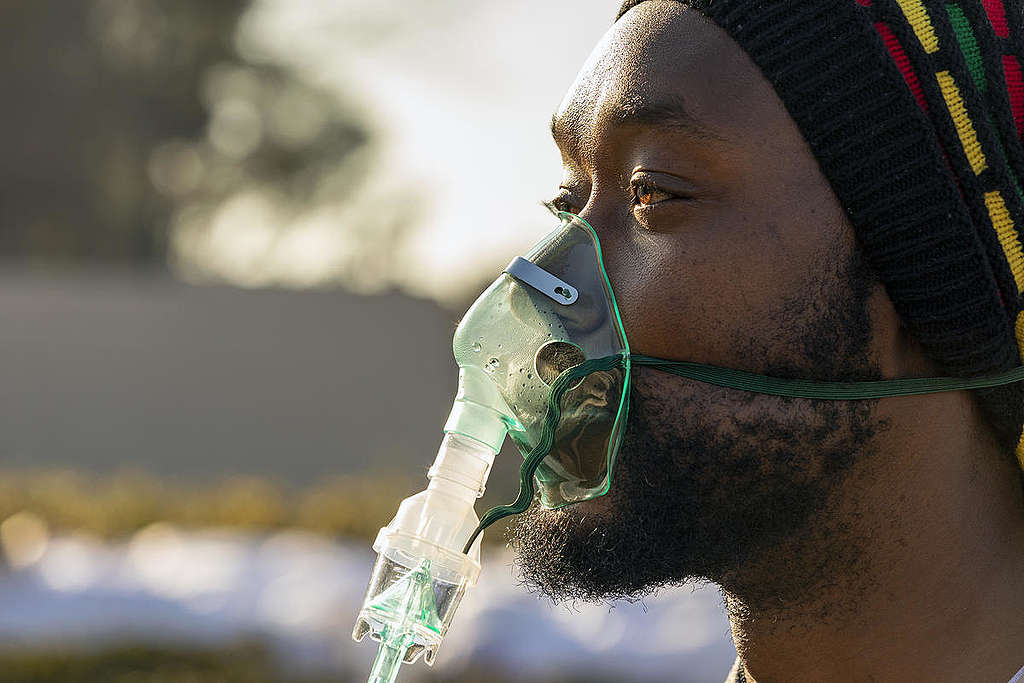
Raise your voice and be a catalyst for change! calling for clean air in your region. Let’s unite to turn awareness into action and make lung cancer a lesser threat to future generations. Join the movement in demanding clean breathable air and sign the petition.
Join Now!
